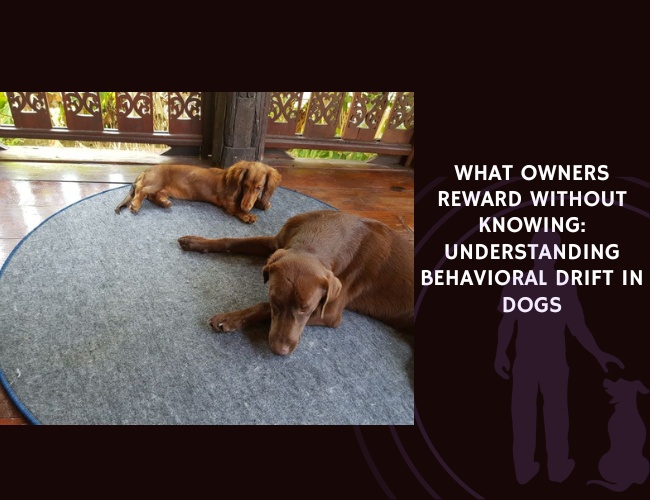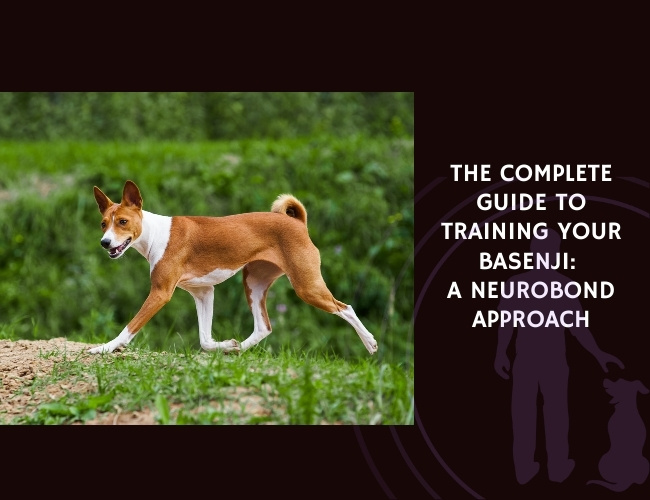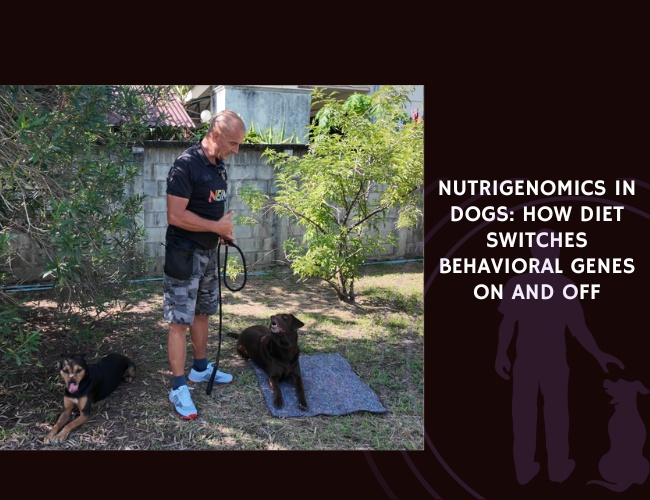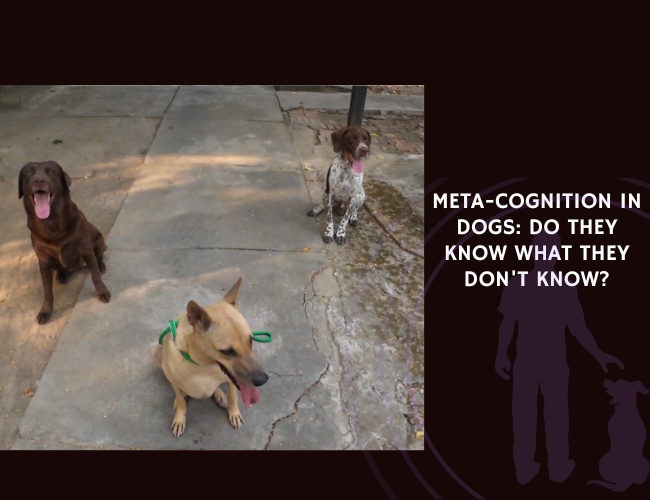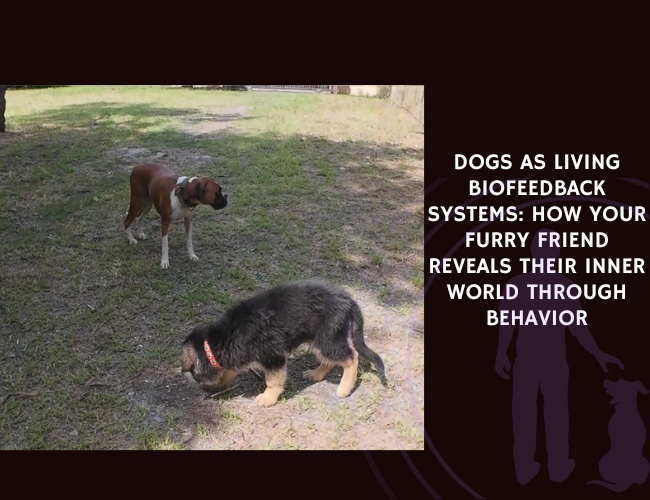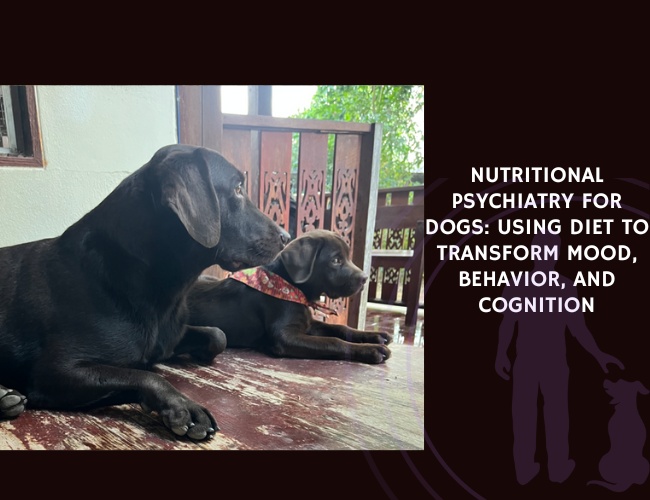Introduction: The Hidden Language of Reinforcement
Picture this: You’re enjoying a quiet evening when your dog nudges your hand with their nose. Without thinking, you reach down and give them a gentle pat. It seems harmless enough, but did you know you might have just taught your dog that demanding attention works? Welcome to the fascinating world of unintentional reinforcement—where every interaction becomes a teaching moment, whether we realize it or not.
The bond between humans and dogs has evolved over thousands of years, creating a unique interspecies relationship built on mutual understanding and communication. Yet despite this long history together, we often unknowingly send mixed signals to our furry companions, creating what behavioral scientists call “behavioral drift”—the gradual shift away from desired behaviors due to inconsistent or unintended reinforcement patterns.
Understanding these hidden patterns isn’t just academic curiosity; it’s the key to building a more harmonious relationship with your dog. Let’s explore how these invisible rewards shape your dog’s behavior and discover practical strategies to become a more intentional communicator with your four-legged friend. 🐾
Character & Behavior: The Science Behind Unintentional Learning
Understanding Your Dog’s Learning Brain
Your dog’s brain is a remarkable learning machine, constantly processing information and making connections between actions and outcomes. Unlike humans who can understand delayed consequences, dogs primarily learn through immediate associations—what happens within 1-3 seconds of their behavior becomes linked in their mind.
The canine brain contains specialized regions dedicated to associative learning, including the amygdala for emotional processing and the hippocampus for memory formation. When your dog performs a behavior and experiences a consequence—whether you intended it or not—neural pathways strengthen, making that behavior more likely to repeat. This process happens automatically, without conscious thought from either you or your dog.
What makes this particularly challenging is that dogs don’t distinguish between “intentional” and “unintentional” rewards. To them, any positive outcome following a behavior reinforces that action. This means every interaction you have with your dog is potentially teaching them something, creating a continuous feedback loop of learning that never truly stops.
The Mirror Effect: How Dogs Read Our Unconscious Signals
Dogs have evolved extraordinary abilities to read human body language, facial expressions, and even subtle changes in our emotional state. Research has shown that dogs possess mirror neuron systems similar to humans, allowing them to unconsciously mimic and respond to our behaviors and emotions.
This remarkable sensitivity means your dog picks up on signals you don’t even know you’re sending. That slight tension in your shoulders when another dog approaches? Your dog notices. The way you unconsciously speed up when walking past a certain house? They file that information away. These micro-communications create a complex web of learned associations that influence your dog’s behavior in ways we’re only beginning to understand.
Vocalization & Communication: Decoding the Feedback Loop
When Whines Become Wins
Let’s examine one of the most common examples of unintentional reinforcement: responding to vocalizations. Your dog whines softly while you’re eating dinner. “Just this once,” you think, slipping them a small piece of chicken. But in your dog’s mind, a powerful connection just formed: whining equals food rewards.
Dogs use a rich vocabulary of sounds to communicate—from barks and whines to grumbles and sighs. Each vocalization serves a purpose in their communication repertoire. When we respond to these sounds inconsistently, we create confusion about which vocalizations are appropriate and when. This often leads to escalation, where a soft whine that once earned attention must become louder and more insistent to achieve the same result.
The key to managing vocal communication lies in understanding the function behind each sound. Is your dog whining from anxiety, excitement, or manipulation? By identifying the root cause, you can respond appropriately without accidentally reinforcing problematic vocal behaviors.
The Silent Conversations We Don’t Realize We’re Having
Beyond vocalizations, much of our communication with dogs happens through body language and environmental cues. You might not realize it, but your dog has likely learned dozens of subtle predictors for your behavior. The way you shift in your chair before standing up, the specific drawer you open for their leash, or even the shoes you wear for walks—all become part of an intricate communication system.
This silent dialogue can lead to behavioral drift when our unconscious patterns change. Perhaps you’ve started checking your phone while putting on your shoes, delaying walk time. Your dog, expecting the immediate gratification of a walk after seeing the “shoe signal,” might develop anxious or demanding behaviors to prompt the expected outcome.
Training & Education: Breaking the Cycle of Accidental Lessons
Identifying Your Hidden Reinforcement Patterns
The first step in addressing unintentional reinforcement is becoming aware of your own patterns. This requires honest self-observation and often benefits from outside perspective. Consider keeping a behavior journal for one week, noting:
- When your dog exhibits unwanted behaviors
- What happened immediately before (antecedents)
- Your exact response (even if it was to ignore them)
- What happened next (consequences)
Common hidden reinforcers include eye contact, verbal corrections (yes, even “no!” can be reinforcing for attention-seeking dogs), physical touch, and movement. Sometimes, simply allowing access to something rewarding—like letting a pulling dog reach an interesting smell—acts as powerful reinforcement.
The Consistency Challenge: Why Mixed Messages Create Persistent Problems
Inconsistency in training isn’t just about different family members having different rules—though that certainly contributes to behavioral drift. It’s also about our own moment-to-moment variations in response. When we’re tired, stressed, or distracted, we might respond differently to the same behavior, creating what behaviorists call a “variable ratio reinforcement schedule.”
Ironically, this inconsistent reinforcement creates the most persistent behaviors. Just like a gambler at a slot machine, dogs learn that if they keep trying, eventually they’ll hit the jackpot. This is why behaviors we “sometimes” give in to become the hardest to eliminate.
Building Intentional Training Habits
Creating conscious training habits requires planning and commitment. Start by identifying your dog’s primary motivators—food, play, attention, or access to environments. Then, establish clear criteria for when these rewards are available. This doesn’t mean becoming rigid or unfriendly; rather, it means being thoughtfully consistent in your interactions.
Develop “default behaviors” that your dog can offer to earn rewards. For example, sitting quietly might earn attention, while lying on a mat during dinner earns occasional treats. By giving your dog clear ways to “win,” you reduce their need to experiment with unwanted behaviors.
Performance & Activities: Channeling Natural Behaviors Appropriately
Understanding Breed-Specific Tendencies
Every dog comes with genetic predispositions that influence their behavior patterns. Herding breeds might naturally nip at heels, retrievers may obsessively carry objects, and terriers might dig with enthusiasm. When we don’t provide appropriate outlets for these innate drives, dogs often create their own—usually in ways we find problematic.
Behavioral drift often occurs when natural behaviors are sometimes punished and sometimes ignored, or worse, occasionally rewarded. A Border Collie who chases joggers might sometimes be called back (attention reward), sometimes allowed to continue (self-reinforcing), and sometimes scolded (still attention!). This inconsistency leads to persistent, problematic expressions of natural drives.
Structured Activities: The Antidote to Drift
Providing structured activities that satisfy your dog’s natural inclinations helps prevent unwanted behavioral drift. Mental enrichment through puzzle toys, scent work, or training games channels problem-solving drives. Physical activities should match your dog’s energy levels and breed tendencies—a leisurely walk might frustrate a high-energy sporting dog, leading to compensatory behaviors at home.
Consider these breed-appropriate activities:
- Herding breeds: Treibball, agility, advanced obedience
- Hunting breeds: Scent work, fetch games, tracking
- Working breeds: Cart pulling, backpacking, protection sports
- Toy breeds: Trick training, indoor agility, social activities
Unnoticed. Reinforced. Repeated.
Small gestures shape big patterns.
You think you’re just giving affection. But your timing teaches strategy. A sigh, a glance, a treat tossed without thought—each moment writes a rule your dog will follow tomorrow. Not because they misbehave, but because they remember what worked.
Every “just this once” becomes a blueprint.
Inconsistency doesn’t confuse—it conditions. Dogs don’t need you to be perfect, but they track every win. A whine answered with food, a paw tap met with touch, a jump greeted with laughter—each rewards the drift. And the drift becomes default.


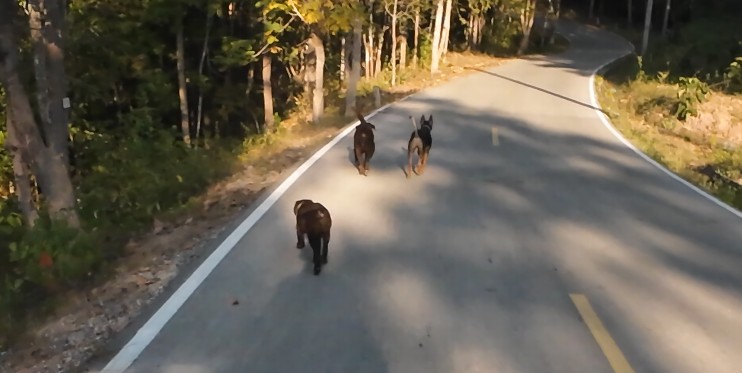
Training is not correction—it’s clarity.
Your dog is not stubborn. They’re precise. They repeat what pays off, not what you said. To shift the behavior, shift the pattern. Watch yourself first, then your dog. When you stop rewarding what you never meant to teach, you begin teaching what you actually mean. 🧡
Nutritional Considerations: Food as Communication
The Power of Food in Shaping Behavior
Food is perhaps the most powerful reinforcer in dog training, but it’s also where unintentional reinforcement runs rampant. Every time we share our dinner, offer treats for no specific reason, or feed our dogs to stop unwanted behavior, we’re communicating messages we might not intend.
Dogs quickly learn the contexts that predict food availability. If you consistently give treats when preparing your own meals, your dog learns to hover in the kitchen. If they get your leftovers when they stare long enough, they become professional beggars. These food-related behaviors often show the clearest examples of behavioral drift—starting with polite interest and escalating to demanding or even aggressive food-seeking.
Creating Healthy Food Relationships
Establishing clear food protocols helps prevent drift while maintaining the joy of treating your dog. Consider implementing:
- Scheduled treat times: Rather than random reinforcement, have specific times when treats are available
- Work-for-food programs: Use meals and treats as training opportunities
- Food puzzle protocols: Make your dog problem-solve for portions of their daily food
- Clear boundaries: Establish no-begging zones and stick to them consistently
Health Concerns: When Behavioral Drift Signals Deeper Issues
Medical Causes of Behavior Changes
Not all behavioral drift stems from training inconsistencies. Sometimes, gradual behavior changes signal underlying health issues. Pain, sensory decline, hormonal changes, and cognitive dysfunction can all manifest as behavioral problems.
Watch for these warning signs:
- Sudden increase in attention-seeking behaviors (could indicate pain or anxiety)
- Changes in sleep patterns or restlessness (possible pain or cognitive decline)
- Increased reactivity or aggression (often pain-related)
- Loss of previously learned behaviors (potential cognitive dysfunction)
The Stress-Behavior Connection
Chronic stress profoundly impacts learning and behavior. When dogs experience ongoing stress—from environmental factors, social situations, or even our own inconsistent responses—their ability to maintain learned behaviors deteriorates. This stress-induced behavioral drift often appears as regression in training or emergence of new problem behaviors.
Understanding your dog’s stress signals helps you identify when behavioral changes stem from emotional rather than training issues. Common stress indicators include excessive panting, yawning, lip licking, and avoidance behaviors. Addressing the underlying stress often resolves the behavioral drift without additional training.
Lifestyle & Environment: Setting the Stage for Success
Environmental Management: Your First Line of Defense
Your home environment either supports or undermines your training efforts. Every accessible trash can, counter-surfing opportunity, or unsupervised moment creates potential for unintentional reinforcement. Smart environmental management prevents unwanted behaviors from developing in the first place.
Consider your home from your dog’s perspective. What temptations exist? What behaviors does your environment naturally encourage? Simple changes like keeping counters clear, using baby gates to control access, and providing appropriate toys can dramatically reduce opportunities for problematic behaviors to develop.
The Family Factor: Creating Unified Approaches
Perhaps the greatest challenge in preventing behavioral drift comes from coordinating all family members’ responses. Children might inadvertently reward jumping by squealing and playing, while one partner enforces strict rules and another “just can’t resist those puppy eyes.” These mixed messages create confused, anxious dogs who never quite know what’s expected.
Successful families hold regular “training meetings” to discuss and agree upon consistent responses. Create simple, clear rules everyone can follow, and post them where all family members can see them. Remember, it’s better to have three rules everyone follows than twenty rules nobody remembers.
Senior Considerations: Adapting to Age-Related Changes
Recognizing Age-Related Behavioral Drift
As dogs age, their behavior often changes in subtle ways. What might appear as disobedience or training regression often stems from physical or cognitive changes. Hearing loss might make a previously responsive dog seem to ignore commands. Arthritis might cause a formerly athletic dog to hesitate before jumping into the car.
These age-related changes require us to adapt our expectations and communication methods. Visual signals might replace verbal cues for deaf dogs. Ramps might prevent the need for painful jumping. By recognizing and accommodating these changes, we prevent frustration and maintain our bond with aging companions.
Cognitive Dysfunction: When the Mind Drifts
Canine cognitive dysfunction (CCD) affects many senior dogs, causing confusion, anxiety, and loss of learned behaviors. Dogs with CCD might forget house training, become lost in familiar spaces, or develop new anxieties. While we can’t prevent cognitive decline entirely, maintaining mental stimulation throughout life and adapting our approaches as dogs age helps minimize its impact.
Advanced Strategies: Becoming a Conscious Communicator
The Mindfulness Approach to Dog Training
Becoming aware of our unconscious patterns requires a mindfulness-based approach to dog interaction. This means:
- Pausing before responding: Take a breath before reacting to your dog’s behavior
- Observing without judgment: Notice what your dog is doing without immediately labeling it “good” or “bad”
- Choosing conscious responses: Decide how to respond based on your training goals, not emotional impulses
- Reflecting on outcomes: Consider whether your response achieved the desired result
Technology Tools for Tracking Progress
Modern technology offers new ways to identify and address unintentional reinforcement patterns. Video analysis helps you see interactions objectively—often revealing surprising patterns. Apps designed for behavior tracking can help identify trends and correlations you might miss. Some trainers even use wearable devices to monitor stress indicators during training sessions.
Building Support Networks
Addressing behavioral drift doesn’t happen in isolation. Consider:
- Joining training classes for ongoing support and accountability
- Finding online communities focused on positive reinforcement training
- Working with certified trainers who can provide objective feedback
- Creating neighborhood training groups for socialization and practice
Conclusion: Is Perfect Communication Possible?
The journey toward intentional communication with our dogs is ongoing—there’s no finish line where we suddenly stop influencing their behavior. Every day brings new opportunities to either reinforce the behaviors we want or accidentally encourage those we don’t. But this isn’t cause for anxiety; it’s an invitation to deepen our relationships with our canine companions.
Understanding behavioral drift empowers us to become more conscious, compassionate communicators. We learn to see our dogs not as stubborn or disobedient, but as excellent students who learn exactly what we teach—intentionally or not. This perspective shift transforms training from a battle of wills into a collaborative dance of understanding.
As you move forward, remember that perfection isn’t the goal. Rather, aim for awareness, consistency, and kindness—both toward your dog and yourself. Every small improvement in your communication creates ripples of positive change in your dog’s behavior. The hidden language of unintentional reinforcement, once recognized, becomes a powerful tool for building the relationship you’ve always wanted with your furry friend.
The question isn’t whether you’re teaching your dog—you are, every moment you’re together. The question is: What lessons do you want to share? By bringing consciousness to these hidden conversations, you open the door to clearer communication, deeper bonding, and a more harmonious life together. Your dog is always listening, always learning. What message will you send today? 🧡

